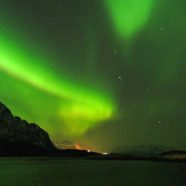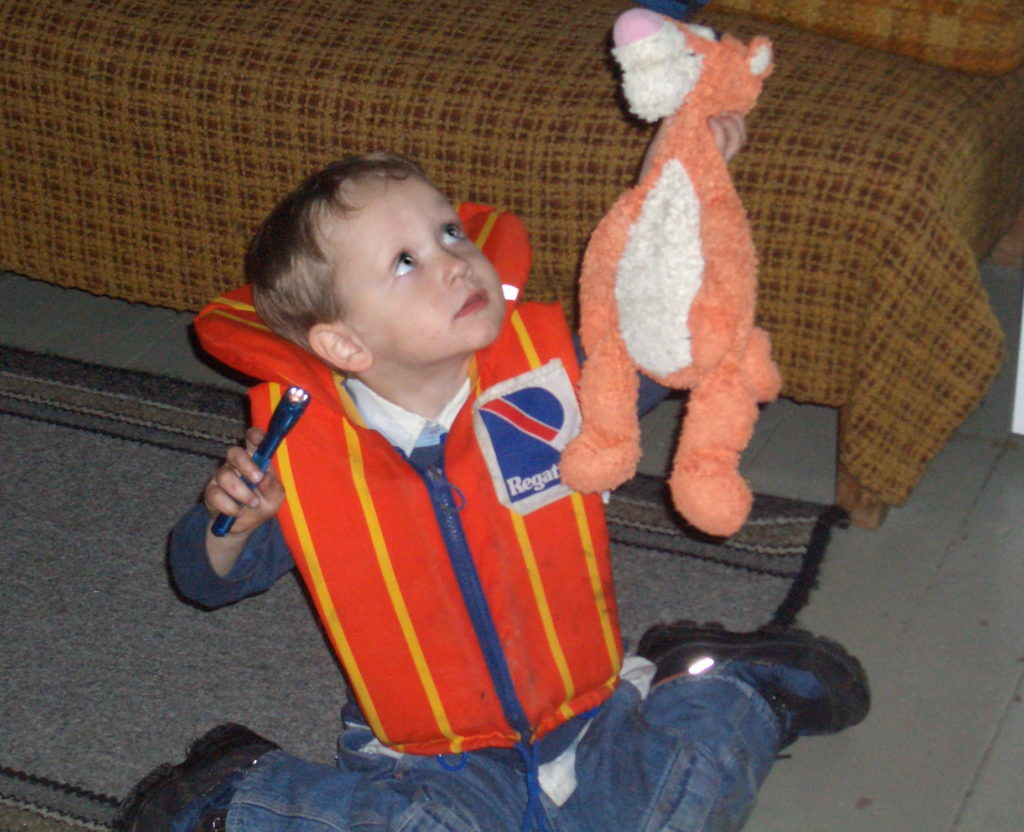
The Northern Lights at the North Pole (Aurora Borealis) and the Southern lights at the South Pole (Aurora Australis), occur when particles from the sun emit light as they enter our earth’s atmosphere. This occurs constantly, however the lights are only visible at certain locations and conditions, on a clear night.

Many come to the Arctic to see the often elusive Northern Lights. It was -7 degrees outside, so our surveillance checks were brief; our chance of missing them high. Roar, our hostel owner, saw them and woke us. After layering warmly and wrapping up in blankets, we joined the others outside. Vertical rays of green and white light moved extremely quickly, in a wavelike motion across the sky, constantly changing shape. Each wave is made of rays of light dancing around each other, whilst simultaneously moving across the sky like shimmering vibrant green, flapping sheets.
We stood flexing our heads as horizontal as we could, transfixed in awestruck silence. Suddenly, the lights transformed into a giant inverted cone above us; it felt we’d be scooped up from the earth.
Then the Northern Lights disappeared.

In the morning, I pondered whether Lucas was old enough to have fully appreciated the phenomenon. I looked over at him, playing with a torch.
“What are you doing?” I asked.
“I’m showing Tigger the Northern lights, Mummy,” shining the torch on the ceiling. He was holding his toy up at arm’s length by its neck, to show the torchlight dancing across the ceiling.





Recent Comments